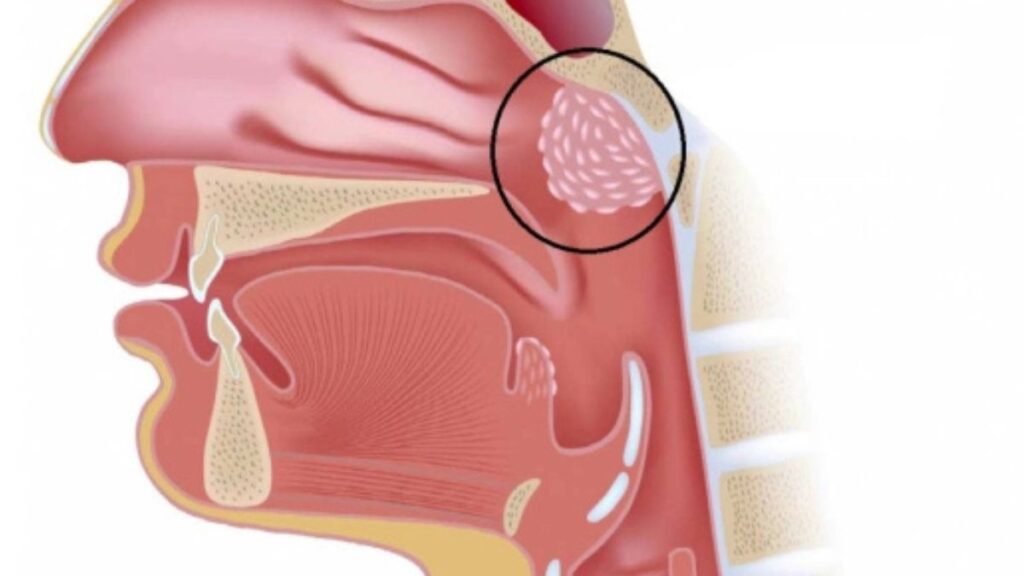Introduction to Adenoidid Removal Surgery
Adenoidid removal surgery is a procedure that might sound daunting, but it’s quite common and often necessary for many children. If your child has been experiencing persistent issues like frequent ear infections, difficulty breathing, or sleep apnea, adenoidid removal could be the solution you’ve been searching for. Understanding what to expect before, during, and after the surgery can help ease any concerns you may have. This guide will walk you through everything you need to know about adenoidid removal surgery so that you’re well-prepared for each step of the journey ahead.
What are Adenoids and Why They May Need to be Removed?
Adenoids are small masses of lymphatic tissue located at the back of the nasal cavity. They play a role in your body’s immune system, especially in young children. However, they can sometimes become problematic.
When adenoids enlarge or become infected, they may obstruct breathing and cause difficulty with swallowing or sleeping. This condition is often referred to as adenoid hypertrophy. Children might experience chronic snoring or even sleep apnea due to this obstruction.
Infections can also lead to frequent ear and sinus issues. Persistent inflammation from enlarged adenoids could contribute to recurring throat infections, impacting overall health and quality of life.
For these reasons, doctors might recommend removal if conservative treatments fail or symptoms significantly affect daily functioning. Identifying when surgery is necessary involves careful consideration of each individual’s circumstances and needs.
Preparation for Surgery: What to Expect Before the Procedure
Preparing for adenoidid removal surgery involves a few important steps. Your healthcare provider will guide you through the process, ensuring you’re well-informed and ready.
First, expect to undergo a thorough pre-operative evaluation. This may include physical exams and discussions about your medical history. Be prepared to share any medications you’re currently taking.
It’s essential to follow specific instructions regarding food and drink intake before the surgery. Typically, patients are advised not to eat or drink anything after midnight on the night prior.
Additionally, arrange for someone to accompany you on the day of the procedure. Having a trusted person nearby can provide comfort and support as you prepare for your surgery experience.
Talk openly with your doctor about any concerns or questions you might have. Being informed can ease anxiety and enhance your overall readiness for what’s ahead.
The Procedure: What Happens During Adenoidid Removal Surgery?
Adenoidid removal surgery is typically performed under general anesthesia. This means that the child will be asleep and pain-free during the procedure.
Once they are in a comfortable position, the surgeon accesses the adenoids through the mouth. This approach avoids any external incisions.
Using specialized tools, the surgeon carefully removes the enlarged adenoid tissue. The process usually takes about 20 to 30 minutes.
After removing the adenoids, doctors may use suction to clear any excess blood from the throat area. Monitoring begins immediately post-surgery to ensure there are no complications as they wake up.
The surgical team then provides instructions for recovery at home, including what signs to watch for and when follow-up appointments should occur.
Recovery and Aftercare: Tips for a Smooth Recovery Process
Post-surgery recovery is crucial for a smooth healing process. After adenoidid removal, ensure your child gets plenty of rest. Sleeping in an elevated position can help alleviate discomfort and reduce swelling.
Hydration is key. Encourage them to drink clear fluids like water or broth. Cold beverages can also soothe the throat and minimize pain.
Soft foods are ideal during the initial days after surgery. Think mashed potatoes, yogurt, or applesauce—gentle on the palate yet nutritious.
Monitor for any unusual symptoms, such as excessive bleeding or severe pain that doesn’t subside with medication. Keeping track of these signs allows for timely communication with healthcare providers.
Pain management plays a significant role in comfort levels post-operation. Follow prescribed medication schedules carefully to keep any discomfort at bay while they recover fully from their procedure.
Potential Risks and Complications of Adenoidid Removal Surgery
Like any surgical procedure, adenoidid removal surgery carries potential risks. It’s essential to be aware of these before proceeding.
Bleeding is a common concern. Some individuals may experience minor bleeding post-surgery, while others could face more significant issues requiring medical intervention.
Infection is another risk associated with this operation. Though antibiotics can help mitigate this danger, it’s crucial to monitor for signs like fever or increased pain during recovery.
Changes in speech are possible as well. While many children adapt quickly without any lasting effects, some might notice temporary alterations that resolve over time.
Complications related to anesthesia also exist. Reactions vary by individual and include nausea or allergic responses. Discussing these possibilities with your healthcare provider can ensure you’re fully informed prior to the procedure.
Conclusion: Is Adenoidid Removal Surgery Right for You?
Adenoidid removal surgery can be a beneficial option for many individuals, particularly when adenoid enlargement leads to breathing difficulties, frequent infections, or sleep disruptions. If you find yourself struggling with chronic sinus issues or constant ear infections, consulting with an ENT specialist is essential. They can assess your situation and help determine if this procedure aligns with your health needs.
Understanding the potential benefits alongside the risks involved allows patients and caregivers to make informed decisions. Each case is unique; what works well for one person may not be necessary for another. Open communication with healthcare professionals will ensure that all considerations are addressed.
If you have concerns about symptoms linked to enlarged adenoids, don’t hesitate to seek advice from a qualified medical expert who can guide you through the options available and support you on your journey toward improved health.





